Loss of old industrial buildings and lack of larger family apartments fuels rejection of plans for Birmingham’s Digbeth area
Members of Birmingham City Council’s Planning Committee have flown in the face of officers’ recommendations and refused to back proposals for a 711-home city-centre development designed by Glancy Nicholls Architects.
The practice’s Pressworks scheme for Prosperity Developments would have delivered the new homes and 2,099sq m of new commercial space on a 1.2ha site in Digbeth that forms part of the wider Smithfield Masterplan area.
But at a meeting last week councillors criticised the lack of larger family homes in the proposals, the quantity of affordable housing – 10% rather than the city’s target of 35%, and the loss of several industrial buildings on the site.
Glancy Nicholls’ scheme includes a 23-storey tower and other blocks ranging in height from seven to 11 storeys. None of its homes has more than two bedrooms. A report to the meeting identified four non-designated buildings of merit that would be lost if the scheme went ahead.

Government heritage adviser Historic England did not object to the loss of the buildings, but it did express concerns about the impact of the development on the nearby St Martin in the Bull Ring church, which is grade II*-listed.
Birmingham Civic Society did not oppose the plans.
At their meeting on Thursday, councillors took turns at criticising the scheme before formally voting to reject it.

Conservative committee member Gareth Moore described the proposals as “quite frankly awful” and questioned why the industrial buildings needed to be lost to deliver new homes. He said there were examples elsewhere in Digbeth and in Birmingham’s Jewellery Quarter where old industrial buildings were being retained as part of regeneration efforts.
Fellow Conservative David Barrie said there was no justification for the buildings’ loss. “They are all part of the unique character of Digbeth and there is a high-concentration of good-quality Victorian buildings that I think could easily be converted to new uses,” he said.
“At the moment they look a bit down at heel but the basic structures are fine, and we’re getting what? A pretty dreadful scheme that doesn’t give us the amount of affordable housing that we need. I think it’s a rotten deal and we ought to reject it.“
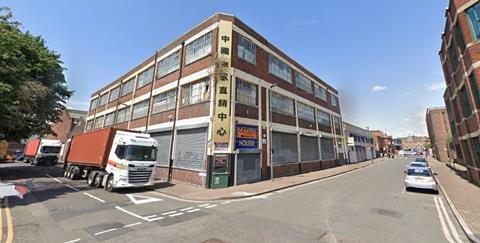
Other councillors criticised the scheme’s lack of three- and four bedroom homes, stressing that there were families who would be keen to live in such a development but prevented from doing so by a lack of larger flats.
Three committee members voted in favour of the scheme; six voted to reject it; and there were four abstentions at Thursday’s meeting.
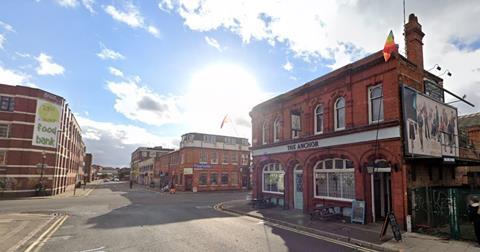









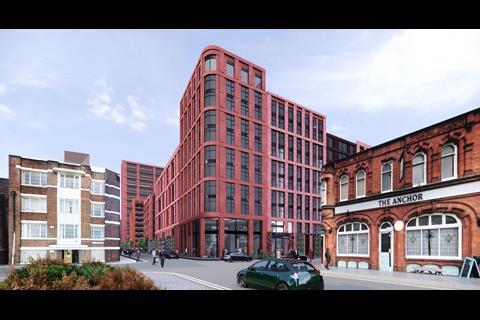


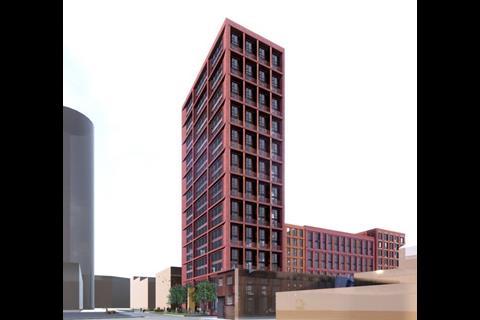
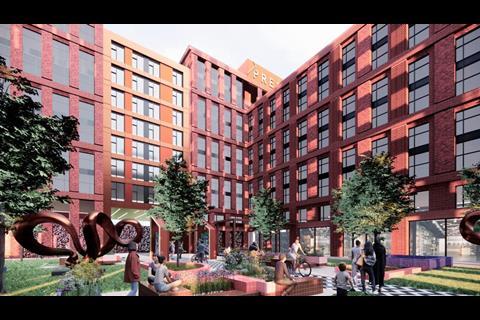

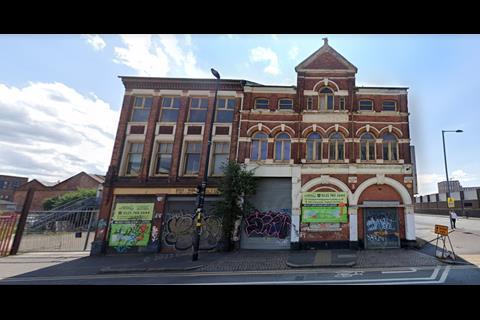
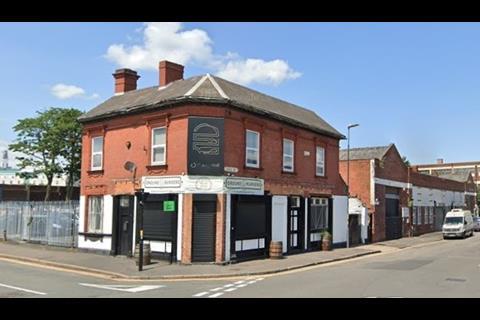








No comments yet